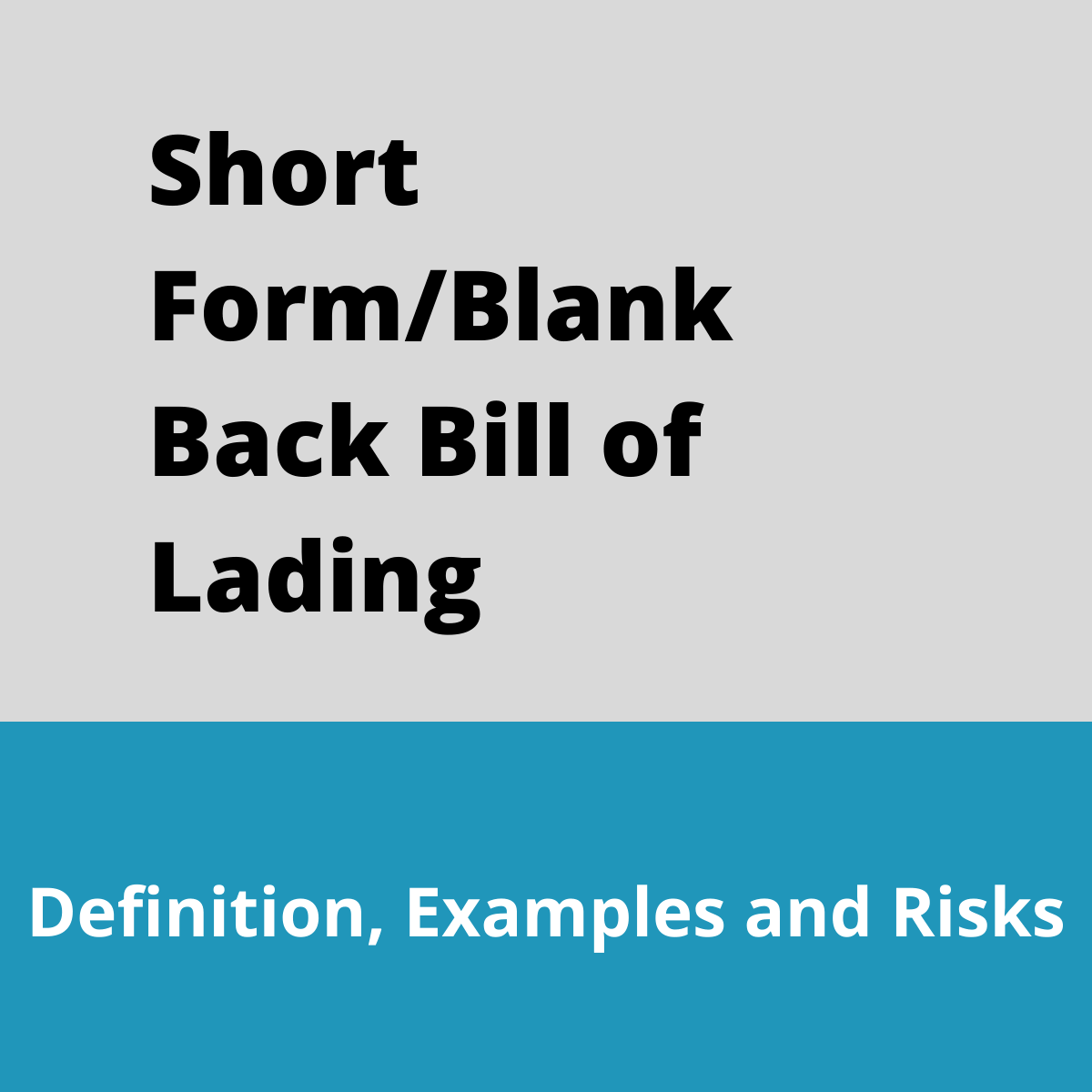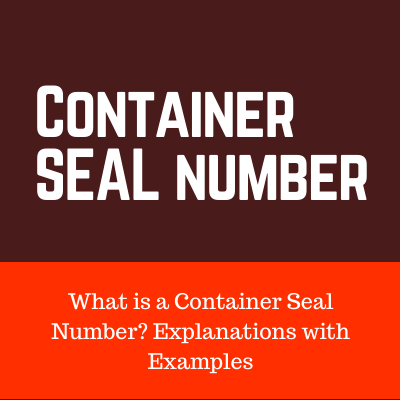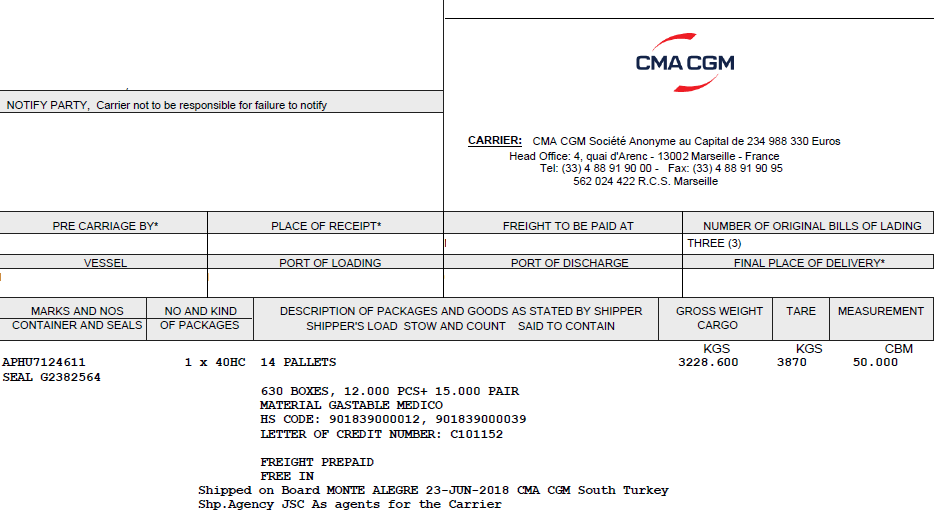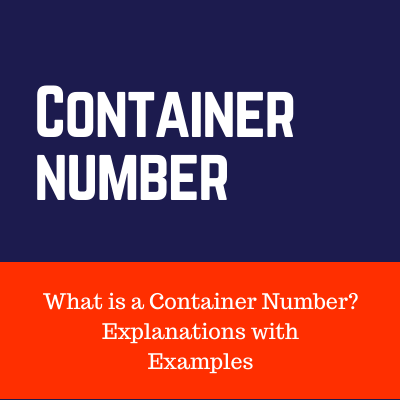A container number, also known as container identification number, is a reference number assigned to a freight container for legal and commercial purposes.
Container number, which is one of the container markings, is printed on three spots of each freight container: one on the doors end, one on the side wall and one on the top of the container.
Containers are the main Cargo Transport Units (CTU) in international transportation.
They are mainly used to carry almost all types of manufacturing goods.
Some container types are also suitable for commodity transportation such as bulk containers and tank containers.
Because hundreds of thousands of containers are in circulation each day between the borders of the nations, it is very important to label each of them by an internationally accepted organization with an internationally recognized identification system.
Container numbers are assigned by The Bureau International des Containers, which was founded in 1933 as a neutral, non-profit, international organization whose mission is to promote the safe, secure and sustainable expansion of containerization and intermodal transportation.
BIC (The Bureau International des Containers) uses the ISO 6346 standard when assigning reference numbers to the shipping containers.
Understanding the Container Identification Number Structure:
Container Identification Number: BIC Code (Owner prefix) + Equipment Identifier + Serial Number + Check Digit

The identification system provides uniform international identification of containers, in documentation and in communication associated with the movement of containers from door to door. It consists of:
- The Owner Prefix (BIC code): Three capital letters of the Latin alphabet to indicate the owner or principal operator of the container,
- The Equipment Category Identifier: One capital letter as follows:
- U for all freight containers,
- J for detachable freight container-related equipment,
- Z for trailers and chassis,
- The Serial Number: Six Arabic numerals, left at owner‘s or operator‘s option,
- The Check Digit: One Arabic numeral providing a means of validating the recording and transmission accuracies of the owner code and serial number. (1)
Examples:
Example 1:) MSKU 907032-3 is a container identification number referencing a Maersk Line container.

MSKU is a BIC code which belongs to Maersk Line. Serial number of the container is 907032 and the check digit is 3.
Example 2:) MRKU 953040-6 is a container identification number referencing a Maersk Line container.

MRKU is a BIC code which belongs to Maersk Line. Serial number of the container is 953040 and the check digit is 6.
Example 3:) MEDU 870768-8 is a container identification number referencing a MSC container – Mediterranean Shipping Company.

MEDU is a BIC code which belongs to MSC. Serial number of the container is 870768 and the check digit is 8.
References:
- Container Identification Number, Bureau International des Containers et du Transport Intermodal









